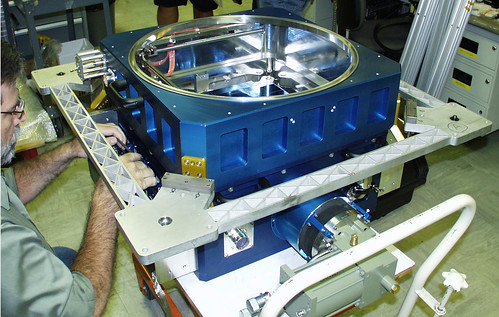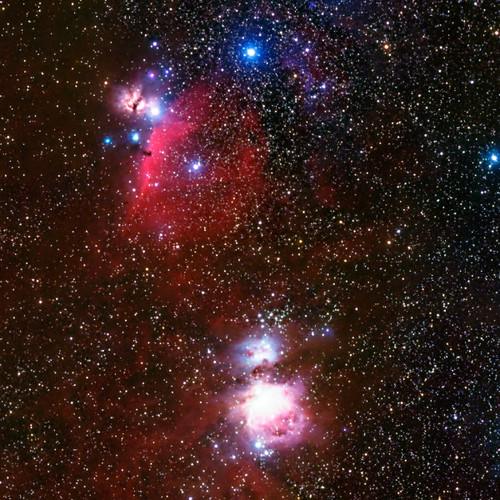1400-megapixel Camera to Change View of Universe

How many pixels? 1400-megapixel? That’s 1.4 billion pixels, shutterbugs. And it won’t fit in your pocket.
The camera is part of the Panoramic Survey Telescope and Rapid Response System (Pan-STARRS), which promises to change our view of the Universe, producing the largest and most detailed map of the heavens ever produced. Defense Industry Daily reports the project is about to get $8 million in funding from the U.S. Air Force:
Kirkland AFB, NM recently gave the University of Hawaii of Honolulu, Hawaii a modified contract for $8 million for the Panoramic Survey Telescope and Rapid Response System (PanSTARRS) multi-year program. The initial effort to develop and deploy a telescope data management system was awarded via a Grant to the University of Hawaii (considered a Minority Institute) and “as the various phases progressed, the Air Force determined that a Cooperative Agreement would be the more appropriate instrument as now we would be substantially involved.” At this time all $8 million has been committed (FA9451-06-2-0338, P00002).
Located on top of a dormant volcano in Hawaii, the Pan-STARRS telescope will survey the visible sky, taking up to 1,000 exposures per night. In fact, this one telescope may be able to discover up to five times as many near-Earth asteroids as all present survey telescopes combined.

Check out this page for a comparison of what other observation platforms/systems can see: Hubble, Subaru, Pan-STARRS and Palomar Sky Survey. This is an amazing telescope, with 400 times the sensitivity of the Palomar Sky Survey.

